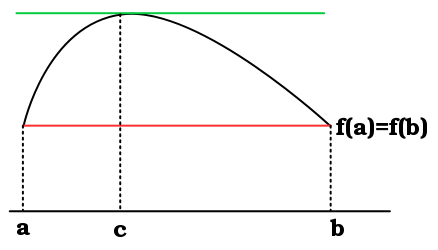Rolle's Theorem states that if a function, #f(x)# is continuous on the closed interval #[a,b]#, and is differentiable on the interval, and #f(a)=f(b)#, then there exists at least one number #c#, in the interval such that #f'(c)=0#.

So what Rolle's Theorem is stating should be obvious as if the function is differentiable then it must be continuous (as differentiability #=># continuity), and if its is continuous and #f(a)=f(b)# then the curve must chge direction (at least once) so it must have at least one minimum or maximum in the interval.
With #f(x)=1/x^2# with #x in [-1,1]#, then we can see #f(1)=1=f(-1)#, so our quest to verify Rolle's Theorem is to find a number #c# st #f'(c)=0#.
Differentiating wrt #x# we have, #f'(x)=-2x^-3=-(2)/x^3#
To find a turning point we require;
# f'(x)=0 => -(2)/x^3 = 0#
Which has no finite solution. We can conclude that #f(x)# does not satisfy the conditions of Rolle's Theorem on the interval #[-1,1]#, so it must be that #f(x)# is not continuous in that interval.
We can see that this is the case graphically, as f(x) has a discontinuity when #x=0 in [-1,1]#:
graph{1/x^2 [-10, 10, -2, 10]}


